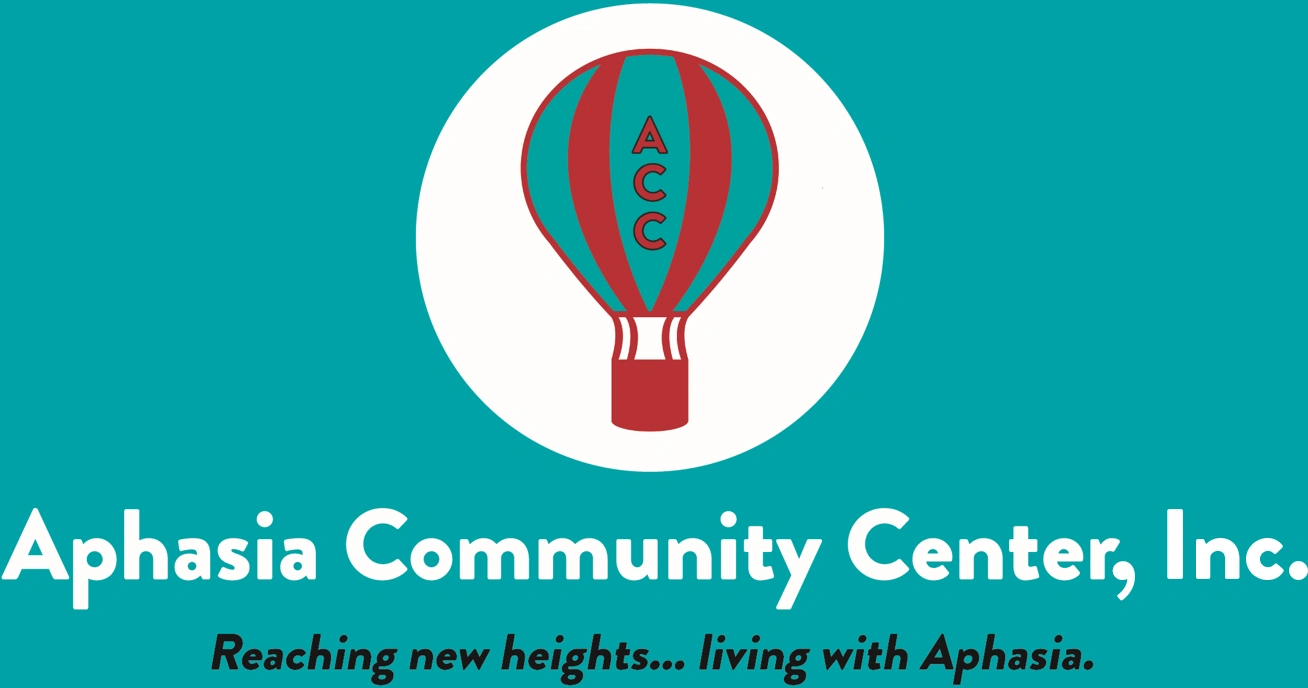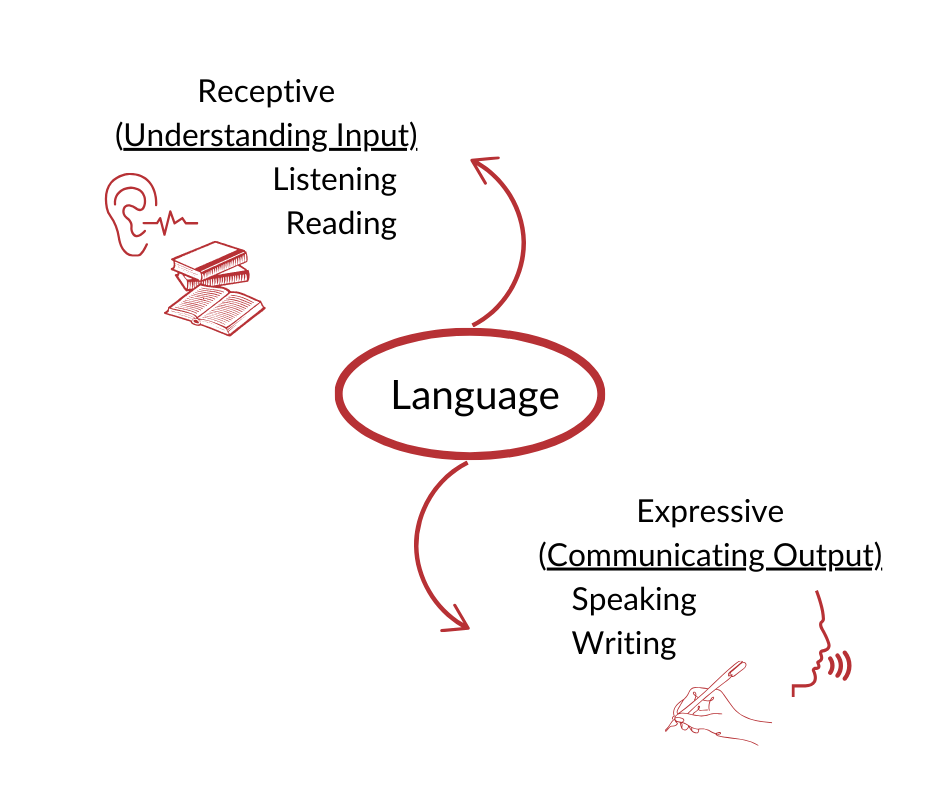Reading, writing, and speaking are related intricately for everyone. It is all about communication and language. In people with aphasia, we see the effects of aphasia in the different ways communication is received and expressed.
Receptive language is the input and understanding of language through spoken or written messages. This ability is essential for understanding concepts, following directions, understanding yes/no questions, safety, reading, and participation in everyday activities.
Expressive language is the output or use of language through words, sentences, gestures, symbols, and body language. This ability is essential for putting thoughts, wants, and needs into words and sentences, knowing how to use words to tell stories, and answering questions.
Aphasia can affect both receptive and expressive language. Compared to pre-stroke language skills, the person with aphasia struggles with language skills, such as reading, writing, speaking, and understanding. The difference is the amount of impairment of the language modes.
There are two main types of aphasia. Receptive aphasia is also called sensory, or fluent aphasia Wernicke’s aphasia is the most common type of fluent aphasia. Typically, the region affected is near the back of the temporal lobe in the brain’s left hemisphere, just above your ear. Therefore, individuals with fluent aphasia typically do not struggle with completing their daily activities that involve motor movements of their body. They often can still walk and move quickly. An individual can appear unaffected and may not easily be recognized as a stroke survivor. When a person with receptive aphasia speaks, they can be labeled as having a mental health problem or being intoxicated because they may have trouble understanding others and may not realize when the sounds and words they use to speak are inaccurate.
Expressive aphasia is also called motor, or nonfluent aphasia. Broca’s aphasia is the most common nonfluent aphasia characterized by difficulty producing language. Typically, the region affected is in the brain’s frontal lobe, on the left side near your temple. Damage to this brain area often involves a nearby part of the brain that controls muscles for movement. People with Broca’s aphasia is more likely to have some paralysis on the right side of their body. Thier expressive language is often limited to single words or short incomplete sentences reflecting their loss of fluency. These people can usually still understand what others are saying and are typically aware of their communication difficulty.
In receptive and expressive aphasia, it is essential to continue to practice communication skills. This is because repetitive practice activates neuroplasticity, which is the brain’s ability to rewire itself. A Speech-Language Pathologist (SLP) can provide the communication skills needed for each kind of aphasia. The SLP can also suggest activities and apps that can help.

